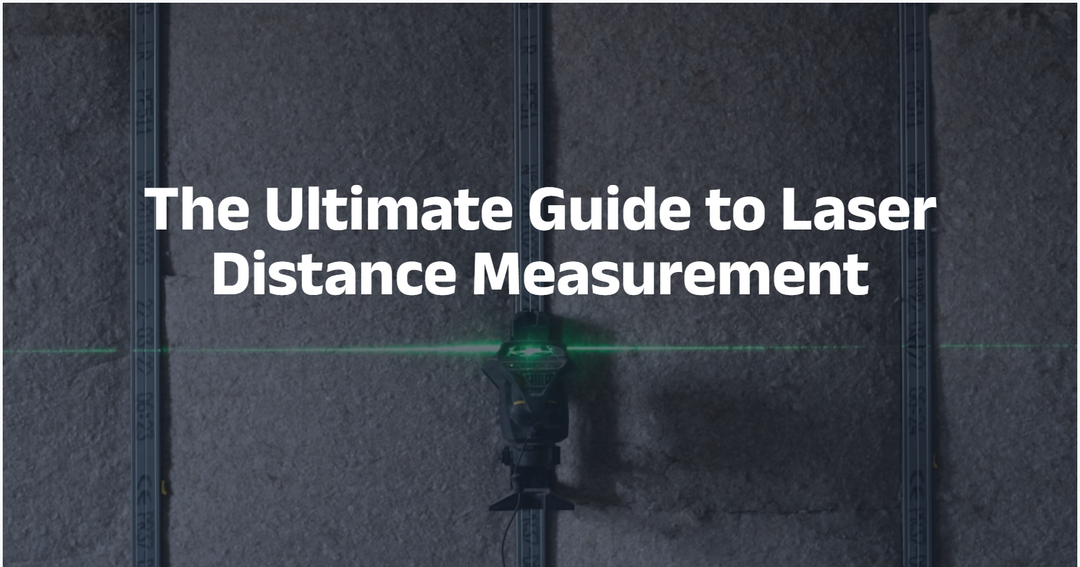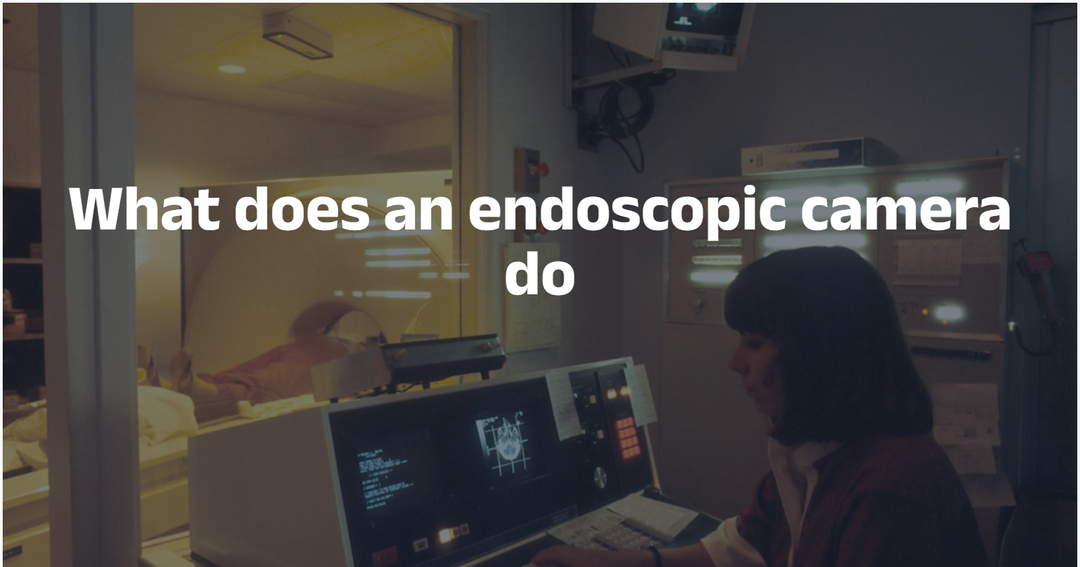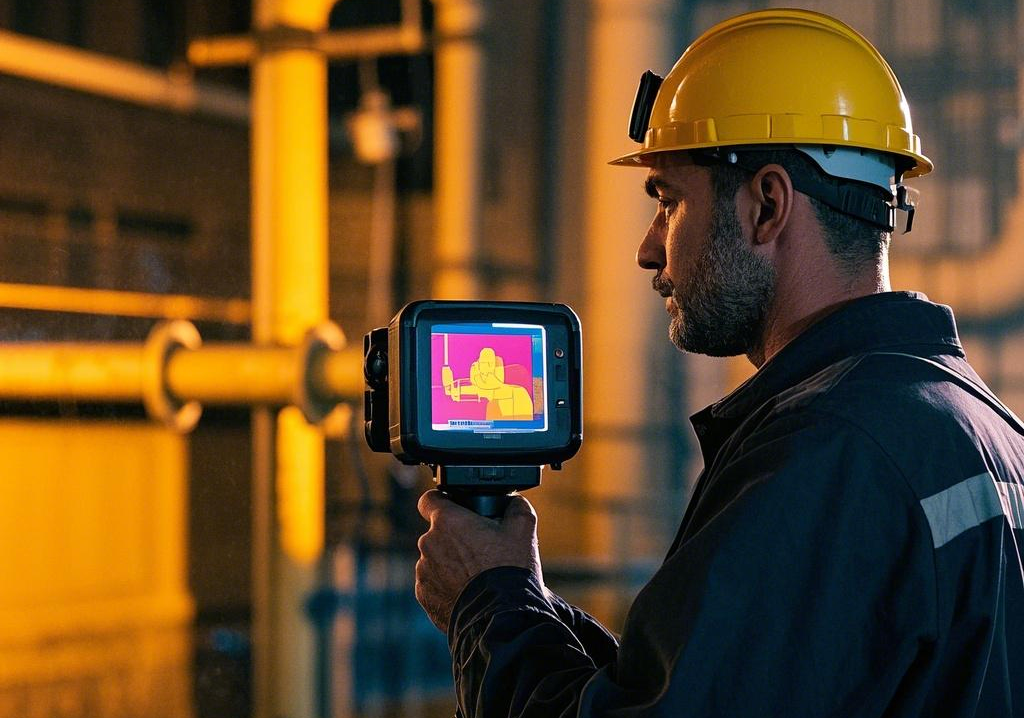Affordable Thermal Imaging: Unveiling Cost-Effective Solutions for Diverse Applications
As thermal imaging technology is able to detect changes in temperature, it’s quickly gaining recognition for its promise to provide improved safety and efficiency throughout various industries. In this blog, we shall review its most important application scenarios, functions, and advantages.
Advanced features are frequently associated with high prices, however, we will also compare market rates in order to illustrate that this is not always the case. By the end of this publication, you will have a better understanding of how best thermal imaging cameras have the power to change the nature of your work and specific tasks. So, keep reading!
Figure no 1 Thermal imaging camera
1) What is a thermal imaging camera?
A thermal imaging camera is an instrument used to capture infrared radiation which is then transformed into visible light. Conventional cameras are dependent on light but thermal cameras depend on heat which means they can operate in total darkness, fog, or even smoke.
Actually, thermal cameras operate by detecting heat differences between objects. Every item emits infrared energy commonly referred to as heat radiation. For instance, warmer objects radiate more energy than cooler ones which radiate less energy.
When the camera captures this energy, it creates a thermal image that attains different colors depending on the temperature of objects. For example, warmer areas are depicted in red, orange, and yellow while cooler areas are shown in blue or purple.
Figure no 2 Heat detection
Such cameras are commonly utilized in a variety of areas. They enable firefighters to locate individuals in a smoke-filled building. Electricians are able to check the overheating components of a circuit board’s wiring. In construction, they aid in the detection of leakages and gaps within insulation. In health care, they help diagnose fever or poor circulation.
Thermal imaging cameras are a stepwise enhancement of ordinary photos. As with thermal imaging cameras, safety is increased as potential issues are identified prior to the situation reaching a critical stage. They further assist in energy preservation by identifying heat loss in structures. These cameras also function effectively during the day and at night because their sight does not depend on visible light.
2) Usage Scenarios & Key Functions of Thermal Imaging Cameras
-
Usage Scenarios:
-
Homeland and Security Surveillance: Thermal cameras notify the user of any attempts to breach their boundary regardless of the time of the day. Homeowners can use them while monitoring the driveway, entry point doors, and backyards. Security personnel can utilize them as the first line of defense for business buildings, warehouses, and other confidential places by spotting movements behind or around the locations with poor lighting.
Figure no 3 Applications of Thermal Imaging Camera
-
Industrial Inspections: Thermal cameras are used in factories and power plants to monitor any overheating or leakage issues in machinery, electrical appliances, and piping systems. Faults are fixed as early and easily as possible to prevent failure, save service time, and increase productivity and safety at work.
-
Watching Wildlife and the Outdoors: Thermal camera wildlife allows researchers to study animals without interference. Farmers and hunters use them for spotting animals in thick forests or at nighttime. Similarly, search and rescue teams use these in finding missing people in isolated places.
-
Emergency Response & Firefighting: Smoke-covered buildings qualify as premises that are stressful. Firefighters use thermal cameras to help them find people in such situations and also fire sources behind walls. Emergency teams use such cameras in places where disasters have occurred, helping to uncover survivors under debris, especially where vision is constricted.
-
Transportation and Traffic Surveillance: By spotting pedestrians, animals, and other obstacles during fog or darkness, thermal cameras increase road safety. They help law enforcement monitor vehicles that move under poor visibility. Autonomous cars also use them and assist in avoiding accidents.
-
Key Functions & Benefits:
+ Moisture and Leak Detection: Thermal cameras help identify water damage, including burst pipes and insufficient building insulation, allowing for early resolutions to avoid costly repairs.
+ Portability and Ease of Use: There are compact models available that are convenient for both amateurs and seasoned professionals. Lightweight versions that can be used with smartphones are even better.
+ Energy Efficiency: Consumes minimal energy while offering monitoring services. Rechargeable batteries make these level-of-commitment devices practical in multiple fields.
+ Improved Safety & Decision-Making: Detects hazards promptly using real-time heat maps. Assists firefighters, security personnel, and engineers make appropriate decisions during critical phases.
3) Market Price Comparison
Ranging from simple handheld thermal imaging cameras to sophisticated industrial cameras, there are multiple thermal imaging camera types available in the market. Their prices shift with the increase in resolution, sensitivity, robustness, and some capabilities such as wireless communication or image capturing. Entry-level models are meant for casual users and fans, while advanced models are used in firefighting, security, and industrial inspections.
Budget models, especially those with poor resolution and basic capabilities, typically start at $200-$500. The mid-range models sell for $1,000-$3,000, and much image quality along with advanced detection features. The top tier, $5,000+ range industrial and professional models, offer high sensitivity, resolution, and rugged designs to withstand harsh environments.
Below is a comparison of some popular thermal cameras:
|
Brand/Model |
Key Features |
Price Range |
Pros |
Cons |
|
FLIR TG165 |
80x60 resolution, 24:1 spot ratio |
$300-$500 |
Affordable, compact |
Low resolution |
|
Seek Thermal Compact |
Smartphone attachment, 206x156 resolution |
$250-$400 |
Portable, budget-friendly |
Limited range |
|
FLIR E5-XT |
160x120 resolution, Wi-Fi, MSX enhancement |
$1,000-$1,500 |
Good balance of features |
Mid-range price |
|
Fluke Ti480 Pro |
640x480 resolution, rugged design, touchscreen |
$5,000-$7,000 |
High accuracy, professional use |
Expensive |
|
FLIR T1020 |
1024x768 resolution, top-tier sensitivity |
$30,000+ |
Best quality, advanced features |
Very high price |
-
Why are thermal cameras expensive?
The reason for the price increase is because of the specific sensors used to take images in infrared rays that are quite expensive to fabricate using advanced technology and precise manufacturing. Mid range thermal cameras, with greater sensitivity and more durable materials, are always going to be more expensive. Adding features like Wi-Fi, touchscreen controls, and rugged housing also increase the costs.
-
The Market Gap for Affordable Options
Several groups, including homeowners, DIYers, and small businesses, are in need of thermal cameras. Unfortunately, they do not have the finances for high-end models. While some cameras are offered at a lower price point, they typically come with low accuracy and poor resolution. This shows that there is an opportunity for affordable thermal cameras that work well and do not break the bank.
4) Introducing the NOYAFA Thermal Imaging Camera
Designed for a wide range of applications, the NOYAFA thermal imaging gun has precise temperature detection and high thermal image resolution. The device comes with a 120x90 infrared resolution and a 2.8’ color display screen which provides sharp thermal imaging.
It is suitable for professionals working in home inspection, fire safety, agriculture, transport, and electronics manufacturing. Users are able to comfortably indicate high and low-temperature hotspots with the help of automatic temperature tracking, making work more efficient.
Figure no 4 Noyafa Thermal imaging camera
-
IR Resolution: 120x90 pixels
-
Measurement Range: -10 ° C to 400 ° C (-50 ° F to 752 ° F)
-
Display: 2.8 inches
-
Frame Rate: 25Hz for real-time display of smooth imaging.
-
Memory: 8GB built-in, allowing users to capture and save videos or images.
-
Palettes: 8 including White Hot, Black Hot, Iron Red, and Rainbow that enable users to choose how they prefer to visualize data.
-
Automatic High/Low-Temperature Tracking: Employs advanced algorithms to automatically flag temperatures that are out of the ordinary within a set region of interest.
-
Connectivity: Free analysis software available for in-depth analysis and detailed reporting on a PC.
-
Certifications: Reliable and safe due to RoHS, FCC, CE compliance.
-
Cost Performance Analysis
NOYAFA NF-524 is one of the most feature-rich thermal imaging cameras. NF-524 is cheaper than similar quality tools. NOYAFA, in contrast, delivers a comprehensive array of features with a high IR resolution, broader temperature range, and decent built-in memory all at greatly reduced prices.
In a market flooded with thermal imaging cameras, this product managed to distinguish itself with how much value it delivers. Let me tell you that the camera was optimized for professional use and has strong construction that can endure severe operating conditions. This, together with the advanced specifications of the camera, makes it a preferred choice for professionals who need a reliable imaging device for thermal radiation.
5) Conclusion
Thermal imaging is an excellent means of enhancing the safety, efficiency, and monitoring of activities in many sectors, including domestic and industrial ones. Though several models of thermal imaging cameras are expensive, the NOYAFA NF-524 is not one of these. Despite its low price, it offers professional high-resolution imaging, automatic temperature tracking, and other features that make it easy to use. It is available at an unbelievably low price and is, therefore, ideal for both active and casual professionals. Visit NOYAFA’s website or reach out to us to learn more.
6) FAQs
1. What is a thermal imaging camera used for?
Alongside the home security system, these cameras provide diagnostic help in medicine and monitor wildlife. Thermal imaging cameras reveal issues that a person’s eye is unable to see because it point out infrared radiation’s emitted energy zone.
2. How does a thermal imaging camera work?
Infrared radiation is detected from indicated objects. Users are then shown electrical energy emission in the form of heat picture in motion with increasing or decreasing temperatures.
3. Are thermal imaging cameras expensive?
The brand, resolution, and several additional features can alter the price. While the high-end models can be very expensive, there are affordable basic options made for general uses as well as for professionals who give excellent service.
4. Can thermal imaging cameras see through walls?
No, they can only detect the surface temperatures. But they can spot where there are heat leaks, electrical problems, or certain objects that are situated behind a wall because they give off heat.




